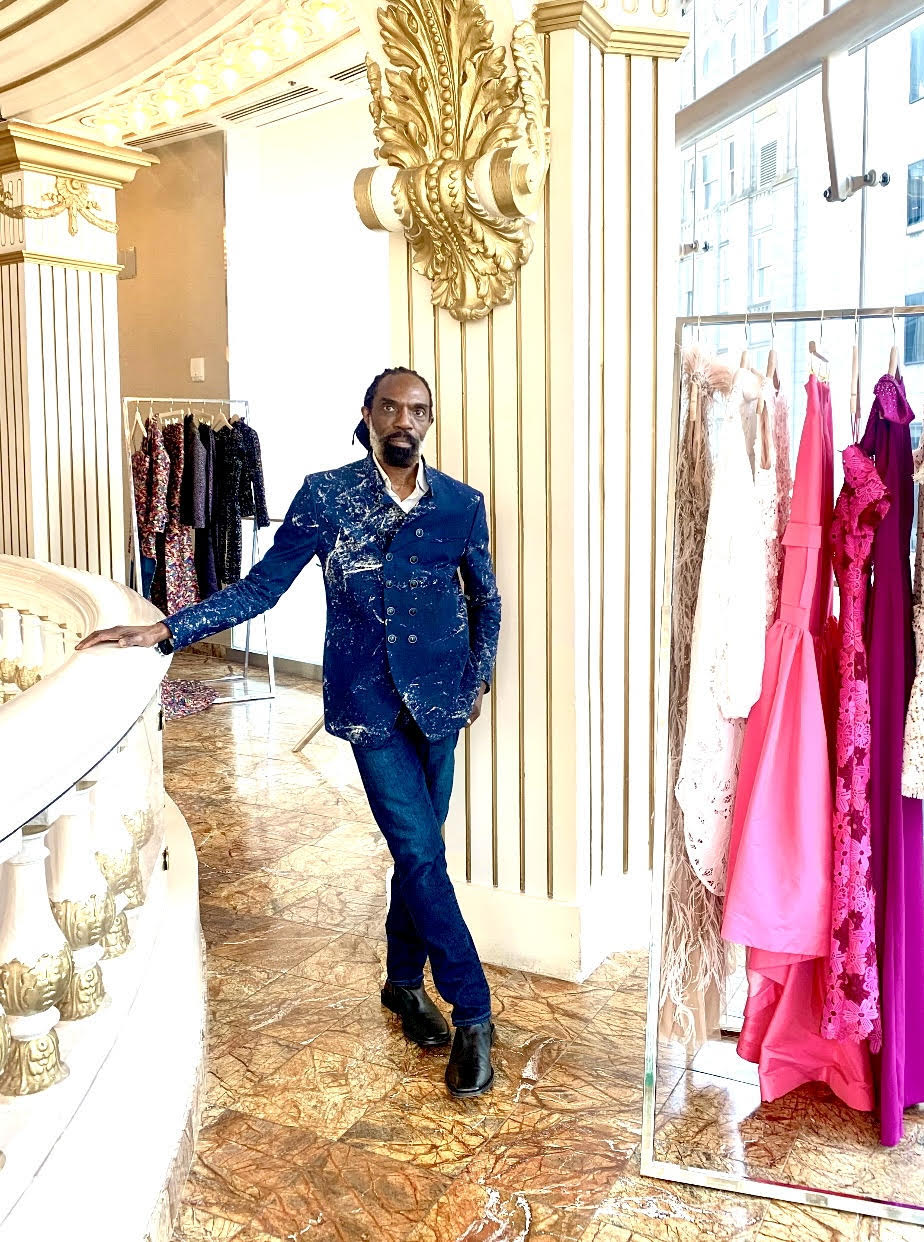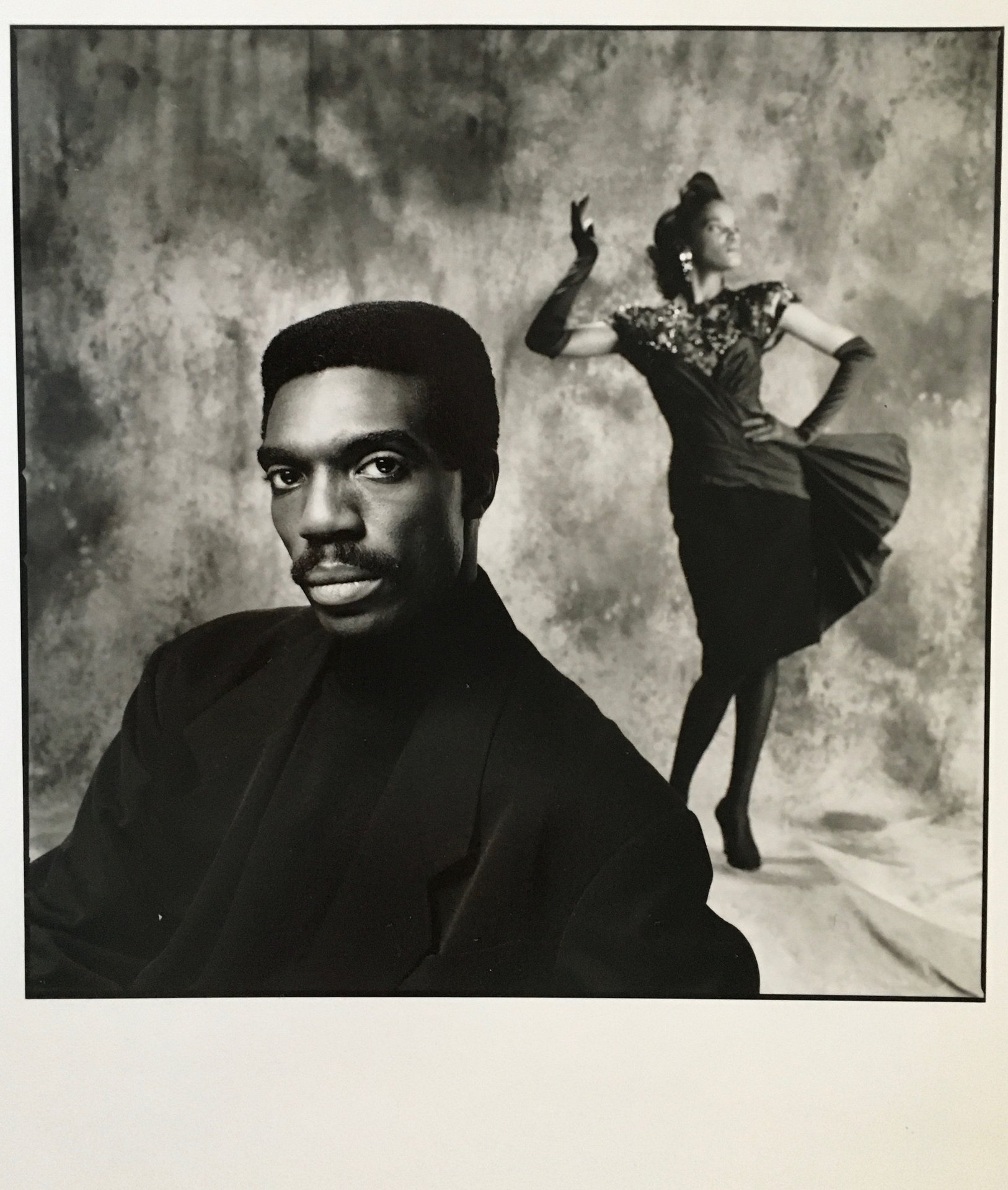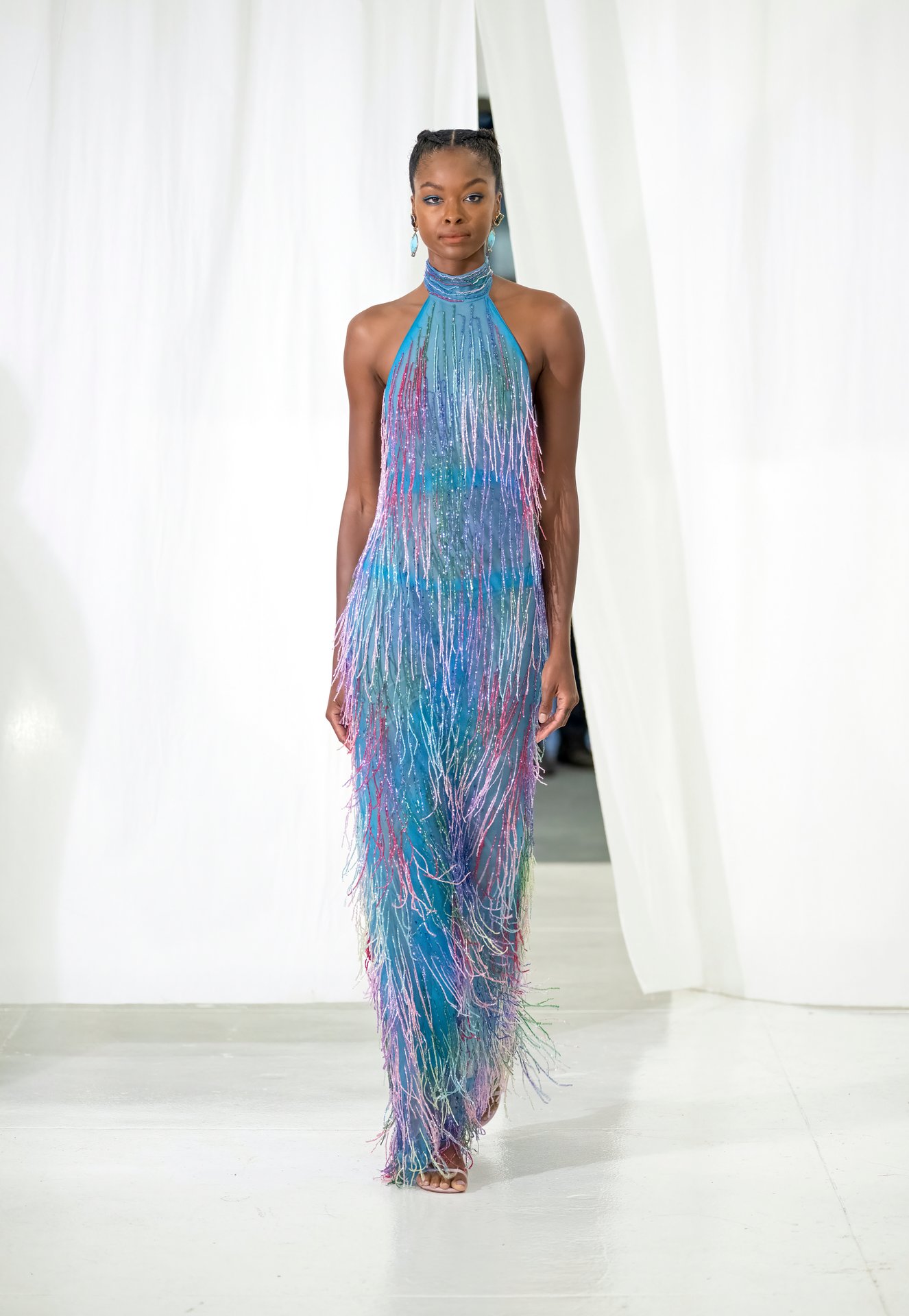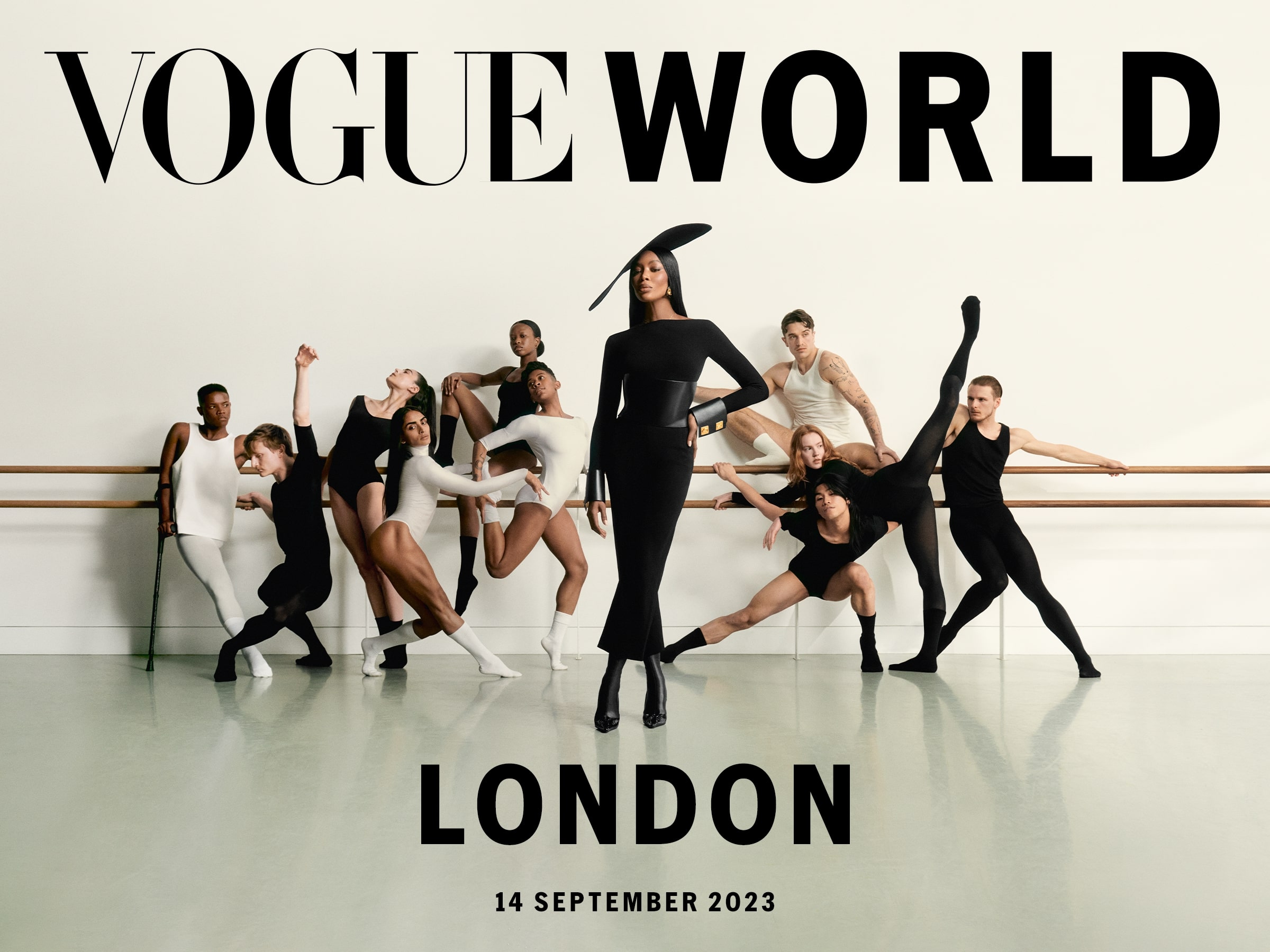What were you doing at age 7? Surely not sketching in front of a television set, I assume. That may be what separated American fashion designer Kevan Hall from the pack. The designer, who grew up singing and traveling with his church choir as a kid, got to experience life in Detroit when there was a substantial Black middle-class population, and when it was the city of Motown and the automobile industry’s playground. His story includes gems that most of us could only dream of, like living within walking distance of Marvin Gaye, attending school with one of Aretha Franklin’s sons, and going to the same high school as fellow designer Tracey Reese.
Hall, who counts Diahann Carroll and The Supremes as his muses, attended the Fashion Institute of Design and Merchandising in Los Angeles and planted his roots in the West where he met his wife, Deborah. In the late 90s, he served as Halston’s design and creative director, bringing life back into the once-dormant brand. By 2001, he had launched his eponymous brand Kevan Hall Collection. Throughout his career, he has dressed numerous A-list talents including Celine Dion, Sharon Stone, Charlize Theron, Salma Hayek and former First Lady Michelle Obama.
Today, the award-winning designer who just returned from Cannes Film Festival is jet-setting from country to country holding trunk shows which he says not only helps him be in touch with his clientele and see what resonates with them, but also informs the next collection as he caters to women with busy lifestyles who require certain clothing.
Continue reading to learn more about the designer who created stunning pieces for the late Ruby Dee, Tina Fey, Virginia Madsen, and Vanessa Williams.
Let’s start with your childhood in the 1960s and 1970s in Detroit. I read that Black nuns educated you and your siblings. What was that like?
Yes, we went to a Catholic school called Presentation Our Lady of Victory. During my time there, the school’s makeup was mixed, but I would say that the population was primarily Black students. It was a great school, with a respectable education provided by strict nuns who were not afraid to use their rulers for discipline.
Our parents enrolled us there because they wanted us to have an excellent education. Academically speaking, Our Lady of Victory was superior to many other schools. I was raised as a Protestant, but our parents believed that going to school there would give us a better foundation. I began my education there in kindergarten and remained there until sixth grade.
Detroit – the home of Berry Gordy’s Motown and a group by the name of The Supreme. Did this trio of women impact your desire to become a fashion designer?
For sure, they had an impact. I remember The Supremes first television appearance; they arrive on stage covered in crystals, beads, and feathers. Those women had an amazing appearance, and they were extremely polished. At the time, I thought, “Wow, this is fantastic,” and I knew at that moment that those were the type of women or, in their case, performers I wanted to design for.
We’ve unlocked the womenswear inspiration, but why did you never venture into menswear?
Back when I was coming up, men were not as creative or as fluid with how they dressed. We didn’t have Lenny Kravitz or Harry Styles back then. We had some folks, i.e., artists, who had a nice look, but could you build a business off that small, narrow pocket of men who were experimenting? Not really, and I wanted to have a real business. Historically men have been more conservative. I leaned more toward a glamour aesthetic because women could mix and match colors, trimmings, furs, details, and beads in a variety of ways. I love designing for women because they have always had more freedom to express themselves creatively, there are so many options between tailored tomboy to stunning siren.





